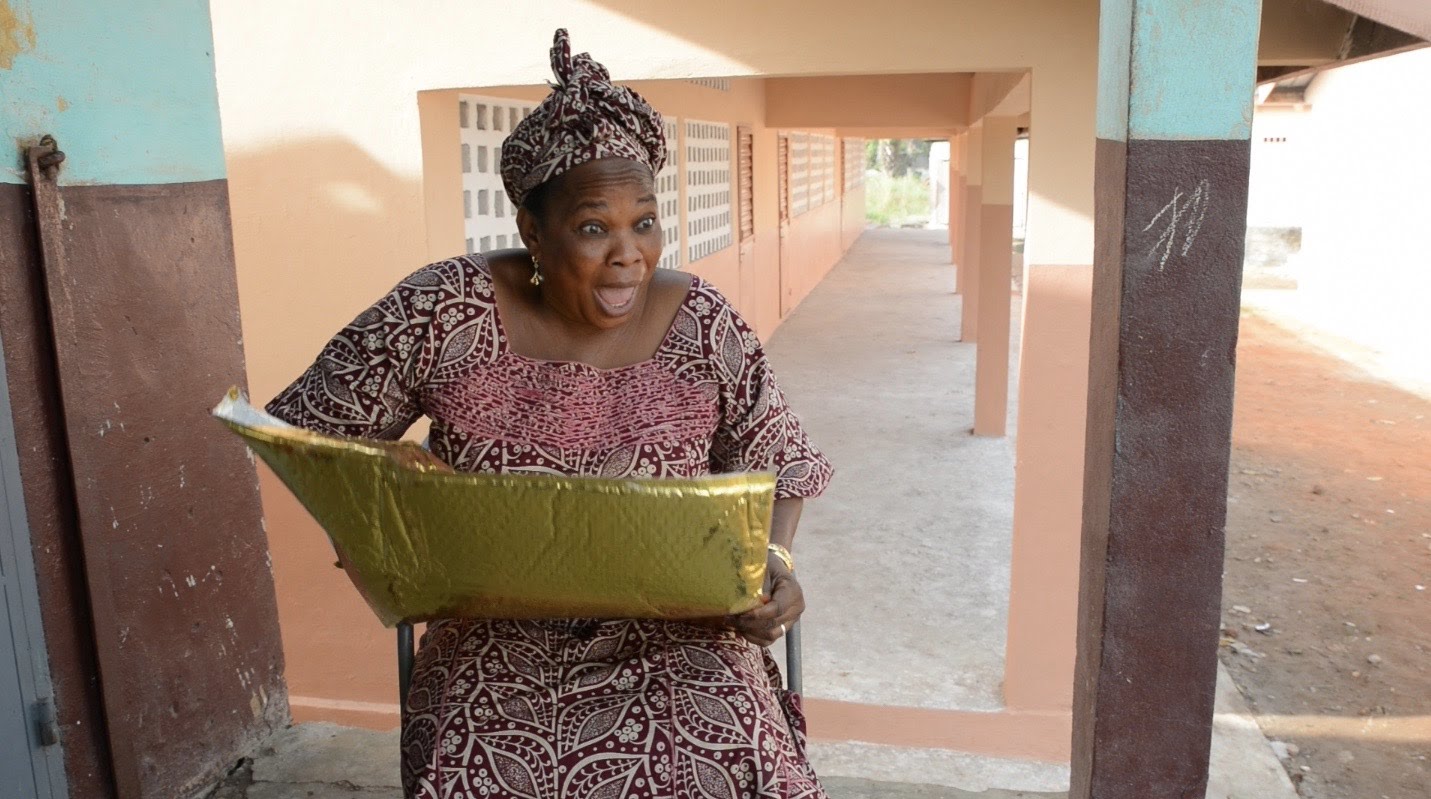I’ve written before about my experiences with a Nest learning thermostat, seeing a 22% reduction in my gas bill one month-even though the Nest replaced a programmable (and programmed!) thermostat.
What I’ve often thought since installing the Nest, however, is how many other homes in my neighborhood could do with one. Given that most of our neighborhood was built out in the 40s and 50s, the homes are incredibly leaky and often hard to weatherize effectively. So simply reducing the amount of time that they are heated or cooled would be a relatively simple (and cheap) way of cutting down on bills.
Heck, after several whiskeys I even managed to convince Lloyd (who has traditionally been skeptical of smart home hype), that smart thermostats are a sensible investment in older, more poorly insulated homes.
Now we’ll get to test the impact of smart thermostats out on a grander scale. As reported by the Washington Post, ComEd-the largest power company in Illinois with over 3.8 million customers-is planning a major smart thermostat push, offering heavy $120 rebates on Nest and Ecobee thermostats that will almost halve the price and should mean payback times of just a year or so for many homeowners. The ultimate plan, says ComEd (and several gas utilities it is partnering with) is to install 1 million units by 2020.
Obviously, a roll out of this magnitude could have a significant impact on power demand among ComEd’s customer base. Some initial independent research commissioned by Nest suggests on average, homeowners can save 10 to 12 percent on heating bills and 15 percent on cooling, even compared to traditional programmable thermostats. (My experience would seem to validate this claim.) And while proponents of the Chicago scheme are claiming it will save 709,000 metric tons of CO2 each year, it would be a mistake to think of this purely in terms of reducing overall energy demand. It’s also about managing when that demand happens.
In a fascinating interview with UK-based Business Green (behind a paywall), Nest’s head of energy Ben Bixby suggested that for Nest this is as much about helping utilities to responsively manage demand from customers, adjusting thermostats (and the increasing number of power hungry devices, like electric car chargers, fridges and washing machines, which are designed to communicate with those thermostats) when demand is high-reducing the need for expensive and often polluting peaker power plants. Here’s how Bixby it to Business Green:
“This is a trend that is only really beginning now, but with the decreased costs of adding connectivity, you’ll see an ever-larger portion of the home, slowly, piecemeal, becoming networked.”
Let’s just hope that this smart home push is accompanied by an equal effort to do the simple things right too. From insulation to caulking, there’s no reason that “smart” and “dumb” home technologies can’t coexist.






















